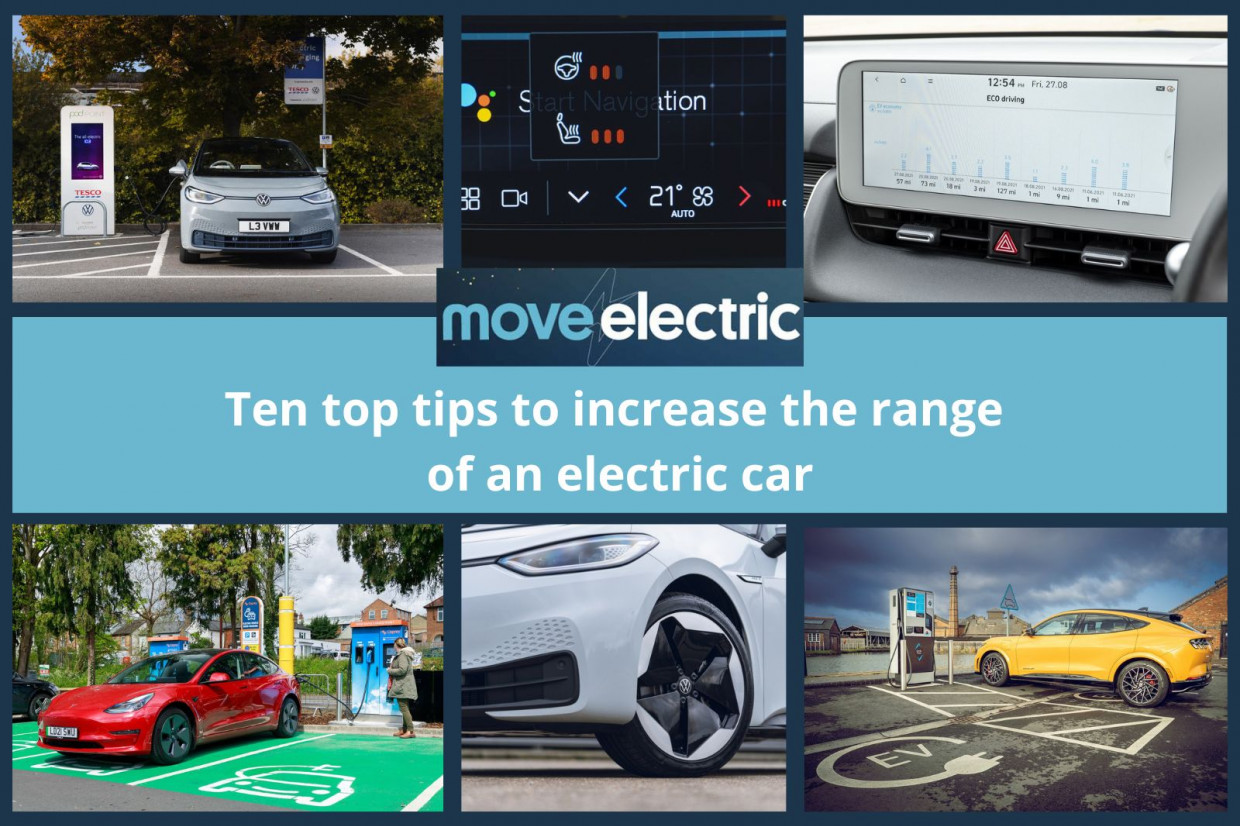
An EV question popped up on Twitter the other day asking: “should it be necessary to do maths before starting a lengthy trip?” It’s a good point, but the answer has more to do with public charging versus conventional refuelling.
Relying on public charging en-route is still a hit and miss affair. Will your chosen charge point be working when you actually get to it? Electric car drivers have to allow unnecessarily generous range margins when planning charging stops, leaving enough to get to an alternative. If accessibility to working public rapid chargers was equal to that of filling stations, things would be a lot different.
Move Electric Awards 2022: All the winners and full video
Then there’s the accuracy of quoted range compared to what an EV actually delivers – and some machines are better than others in this regard. An important tool for keeping track of that over a period of time is the ‘fuel consumption’ gauge, which keeps a tally of actual energy consumption in miles per kilowatt-hour (miles/kWh). If, for example, your EV displays 4miles/kWh and it has 64kWh of usable battery capacity, then the car is averaging 256 miles per charge (4 x 64=256). The more miles the car has done the more accurate that will be.
In terms of the range variation, while it’s true an electric car’s range is affected by driving style that is absolutely the case with combustion-engined cars too. Heavy-footed driving will increase consumption. High speed motorway driving will deplete the battery faster (just as it will increase fuel consumption in an ICE car), but in traffic EVs have the advantage of recovering energy through regenerative braking.
Subscribe to the Move Electric newsletter
To get the best out of an EV, get to know it properly and make use of the EV-specific instrument displays. Adjusting your driving style will also have a big effect on the range you can achieve, and it can be fun rather than boring. It’s like playing a game.
Here, in no particular order, are 10 tips on how to get the best range from your EV, that really do make a difference. If you've got any further tips to suggest, let us know on Twitter, Facebook or email.
1: Check the weather forecast
One thing that distinguishes an EV from a petrol or diesel car is that its range diminishes in very cold weather. Whereas a petrol or diesel car heats the cabin using waste heat given off from the engine, an EV doesn’t, so using battery power to run the heating system to keep you warm will diminish range. Using the air con in hot weather will do the same, although that will also increase fuel consumption in a conventional car.
The EV’s range display should change as you turn heating on and off so the impact should be no mystery. Use the car’s pre-heat (or cooling) features to condition the cabin while still plugged in to the charger. It’s also worth bearing in mind that touchpoint heating (such as heated seats and steering wheel) is far more efficient than heating the air in the cabin, draw less energy. So they are worthwhile features to have in an EV.
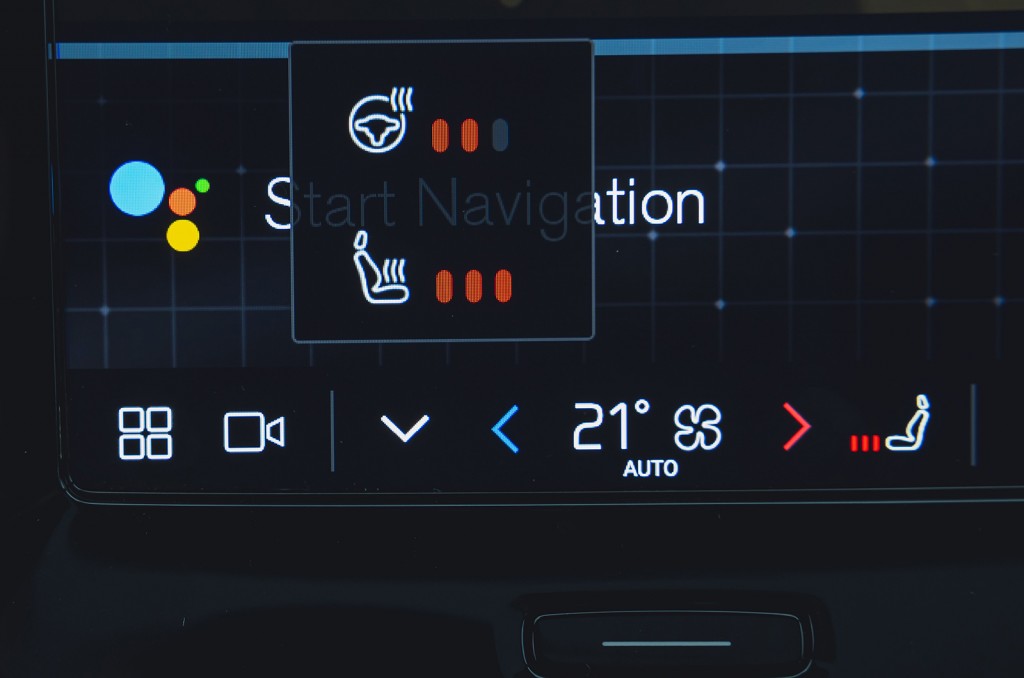
2: Check your speed
Much of the energy consumed in moving a car is due to aerodynamic drag. And this is where the physics comes in: drag increases with the square of the speed, so if your speed doubles, drag increases four times. Careless attention to your speed on a long motorway trip will have a big impact on range. At 70mph, drag is four times what it would be at 35mph, not double.
Using adaptive cruise control set to the speed limit is a good way to improve range and removes the effect of those small inputs on the accelerator that you make without realising it.
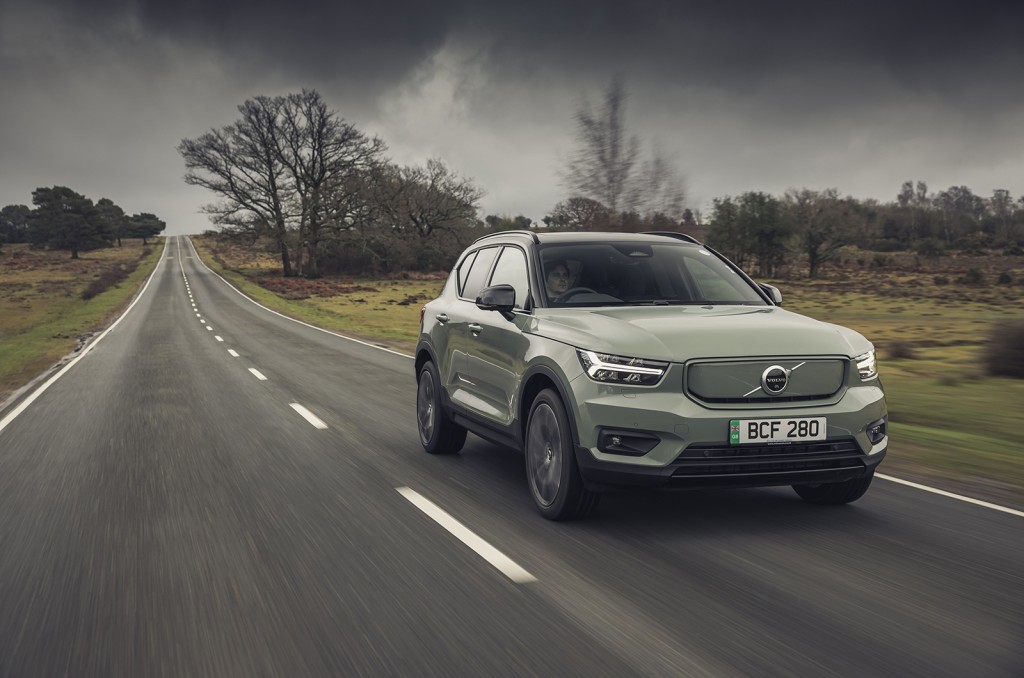
3: Tips for the motorway
More EVs are adopting sophisticated regenerative braking systems that feature paddle controls to manually adjust the amount of regen produced, as well as automatic systems. In some cases, that will range from one pedal driving (hardly needing to touch the brake) to coasting. That can be applied on a clear motorway where coasting makes use of the kinetic energy stored in the car to keep it rolling smoothly along without interference from that twitchy right foot.
4: Tips for A and B-roads
On busier roads with more stop-start driving, selecting maximum regenerative braking if the feature is available is a great way to save energy. If the car has a real-time regen display showing how much range is being added back to the battery, it can be fun to try and beat your best previous efforts too.
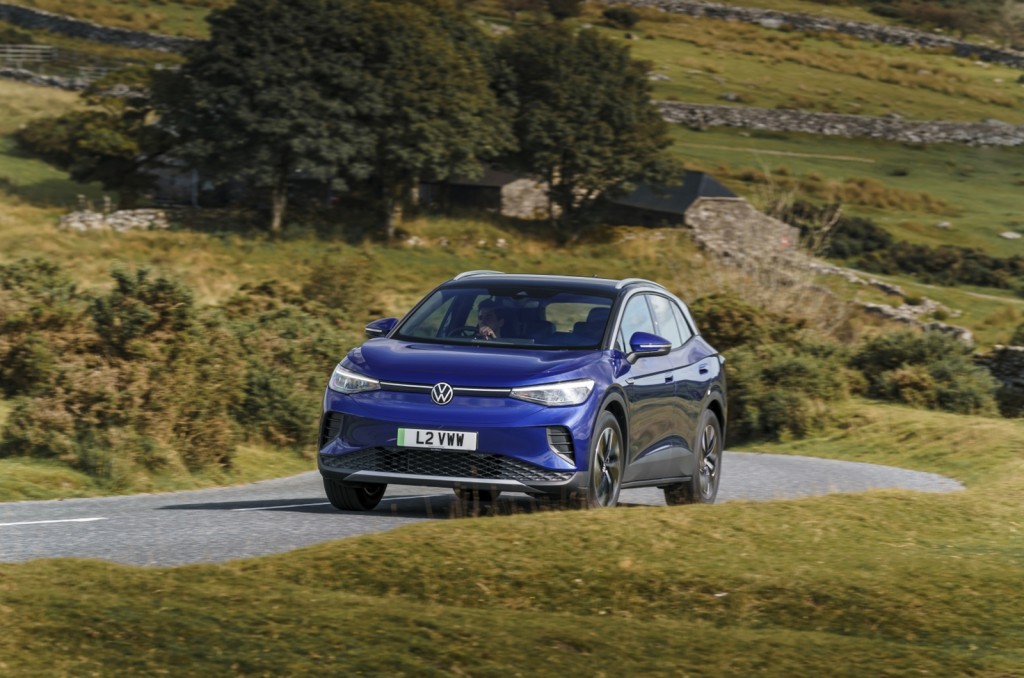
5: The art of anticipation
Every economy driving coach will teach this one and it applies even more to an EV than an ICE car. Those drivers belting past you up to traffic queues or roundabouts then braking hard? They’re wasting fuel (or battery energy), by using lots of it to accelerate then burning it all off as heat by using the brakes. When approaching somewhere you’ll have to slow down or stop, don’t keep accelerating – ease-off early and let the regen slow the car.
6: Smooth talking
The technical term for getting on and off the power is “transient” and transient response means the car’s power unit responding to the driver asking for more or less power – it’s literally that moment when the engine or motor does more or less work. Research suggests that EVs are less sensitive to transient changes than conventional cars but at the same time, moments of unnecessarily hard acceleration will cause it to consume more energy. Chill. Be smooth.
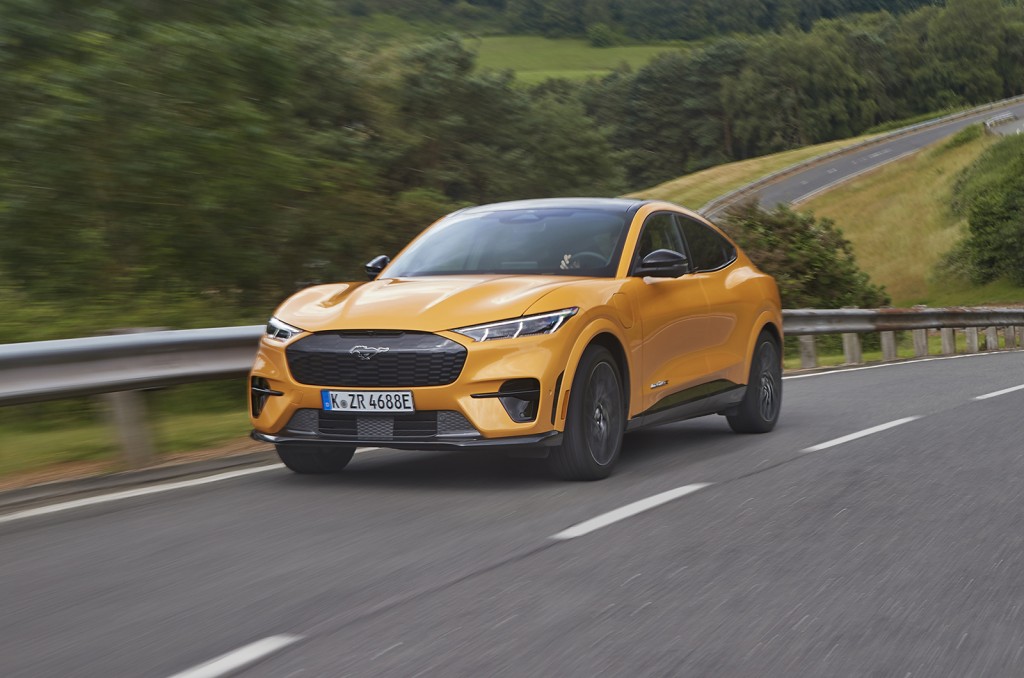
7: Get in the right mode for driving
It should be obvious that your choice of driving mode will affect energy consumption. An EV’s Eco setting may not detract from driving pleasure in the same way it might with a conventional car, because the immense torque of an electric motor from standstill can mask any softer control settings. So avoid jumping in an EV and switching straight to Sport mode: really, EV’s are exhilarating to drive anyway. If you do prefer it, at least remember to try Eco for longer journeys.
8: Check your tyres
Tyres and tyre pressures have always played a big part in range and economy, but with huge tanks of diesels and a surplus of range it’s easy to be lazy. Low tyre pressures create far more friction in the tyre through something called ‘hysteresis’, which is the energy consumed as the tyre changes shape when rolling along the road.
Maintaining the correct pressures is important to range, tyre wear and safety. Fitting the recommended tyres when the time comes is also important to ensure rolling resistance is kept to a minimum.
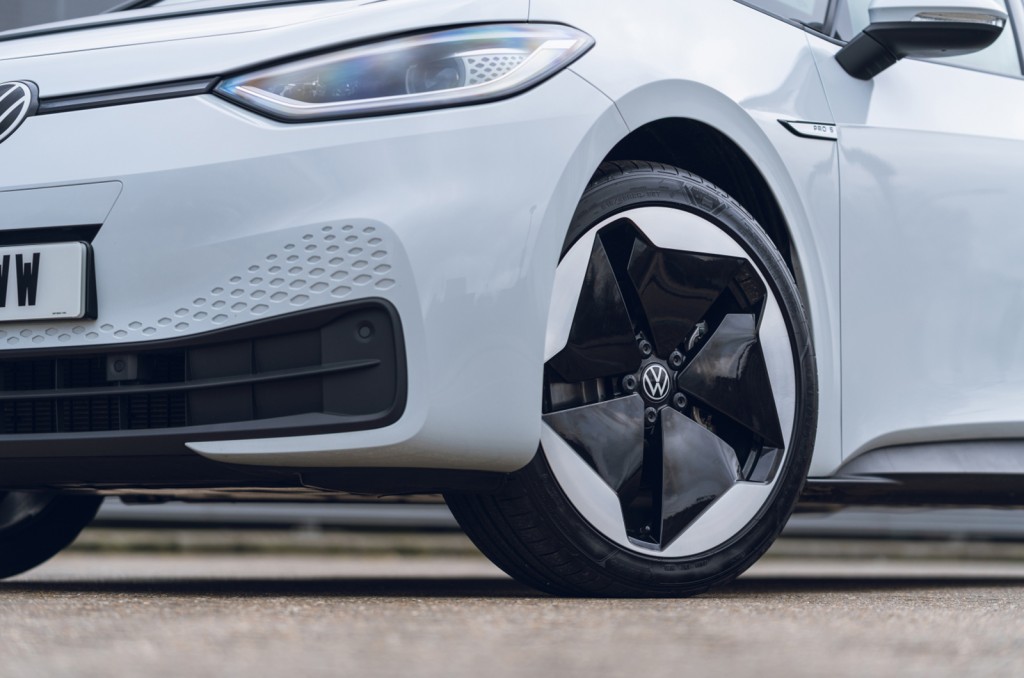
9: Resist the urge to accelerate
One of the biggest problems with an EV is how much fun there is to be had. Unlike combustion engines, electric motors develop maximum torque from the instant they start revolving and that adds up to off-the-scale punch when accelerating. It’s hard not to drink deeply from the cup full of exhilaration that gives, so go ahead, knock yourself out and enjoy it… on a short journey when you know you’ve got plenty of battery.
But avoid doing it on a long run when range is more important than performance. Tackle uphill sections gently and use regen on the way down to maximise efficiency, and have fun playing the energy game while you’re at it.
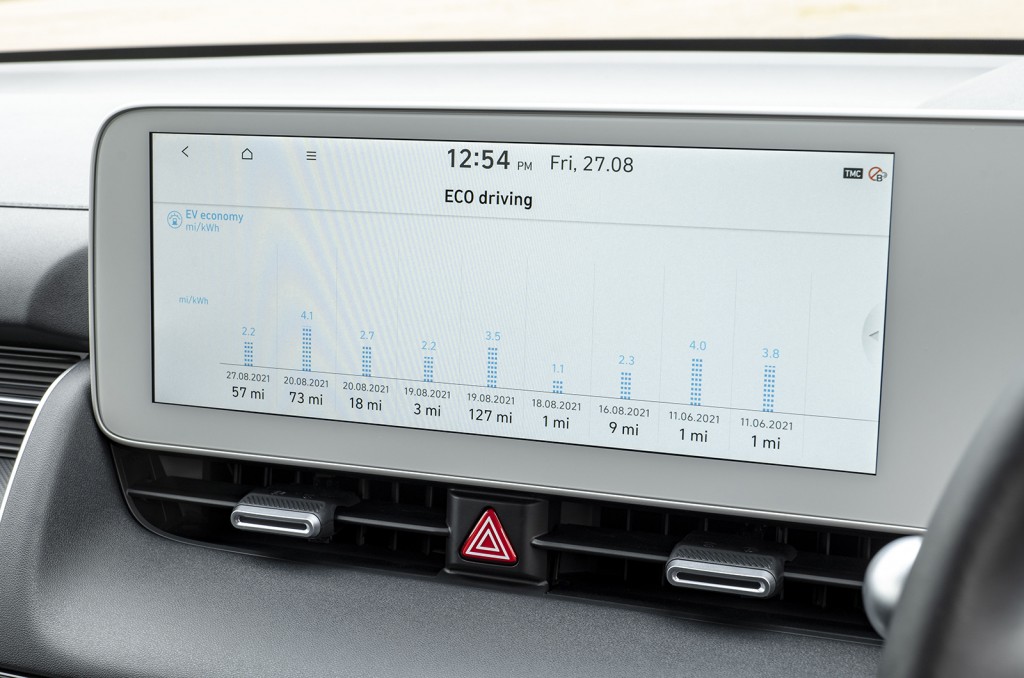
10: Pick the right route
Sat nav makes life easier but as we all know, it doesn’t always get it right. Any driver who has used it on routes they know well soon discovers it can sometimes pick a route that is longer or convoluted because algorithms tell it that’s the best choice. It’s particularly true in remote areas where instead of a straight line on a main road, sat nav can sometimes head off into the boonies along tortuous, single track roads that demand lots of slowing and accelerating as well as taking longer.
So be clear on the route to a destination before starting. Some map tools are now beginning to pick the most efficient route, but if yours won’t it’s worth you trying to. Choosing the right one can be more energy efficient than a daft alternative.
JESSE CROSSE
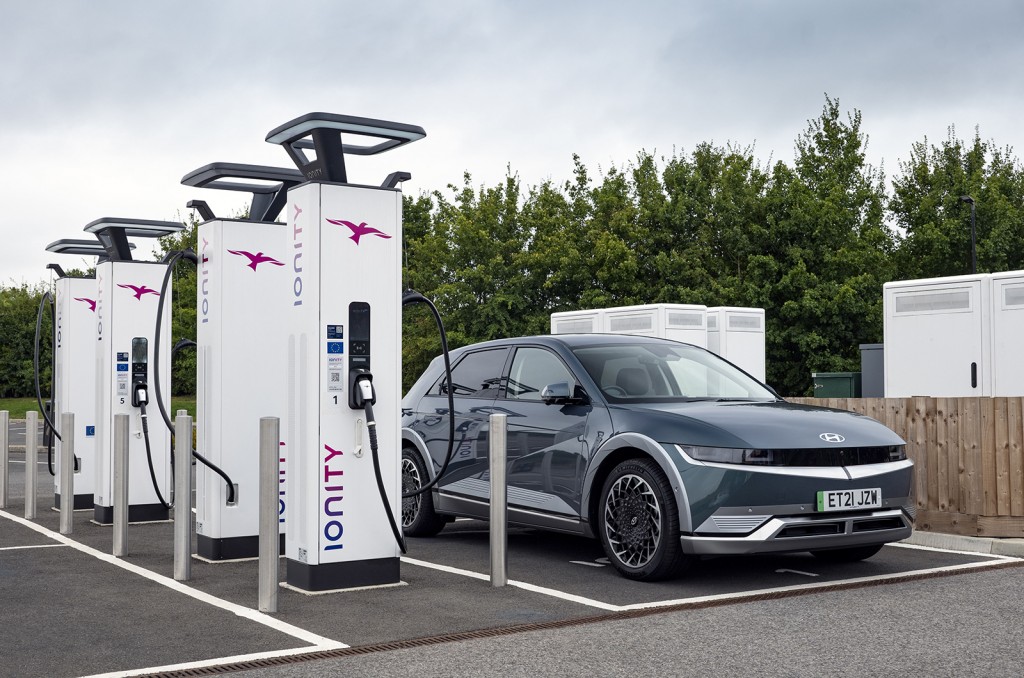
READ MORE
Move Electric Awards 2022: All the winners and full video
Subscribe to the Move Electric newsletter
e-CARS
New Volkswagen ID Buzz: everything you need to know
How efficient are electric cars?
e-BIKES
Ducati expands e-bike range with first racing machine
e-MOTORBIKES
New Yamaha Neo is Europe-bound '50cc equivalent' electric moped
Electric Motion Epure Race e-motorbike review
e-SCOOTERS
Eskuta KS-450 e-scooter review
Taito unveils innovative new three-wheeled electric scooter
e-WORLD
Electric surfboard firm Awake aims to make waves with first e-foil
Volta Zero electric truck can 'dramatically improve' inner-city road safety

